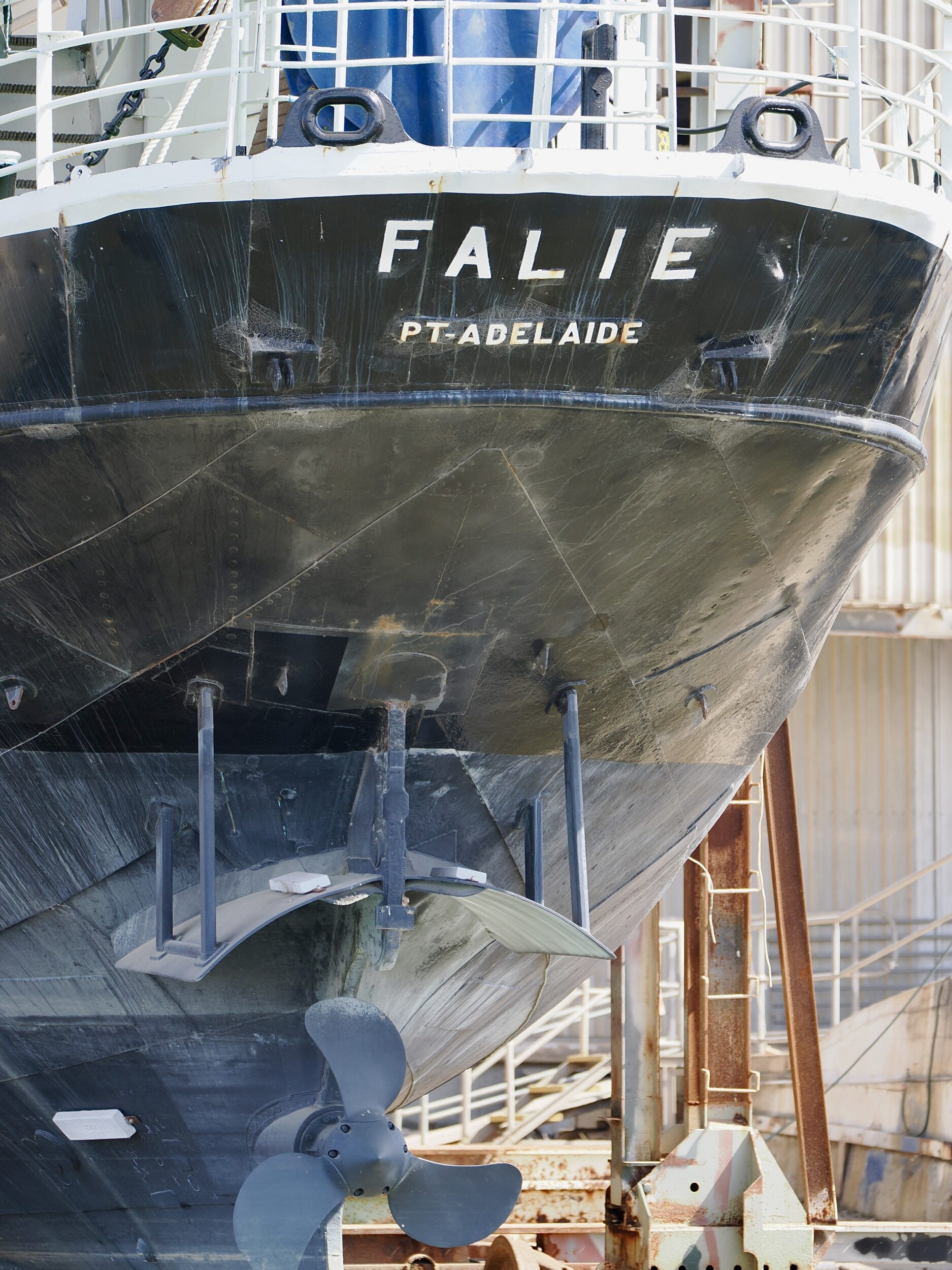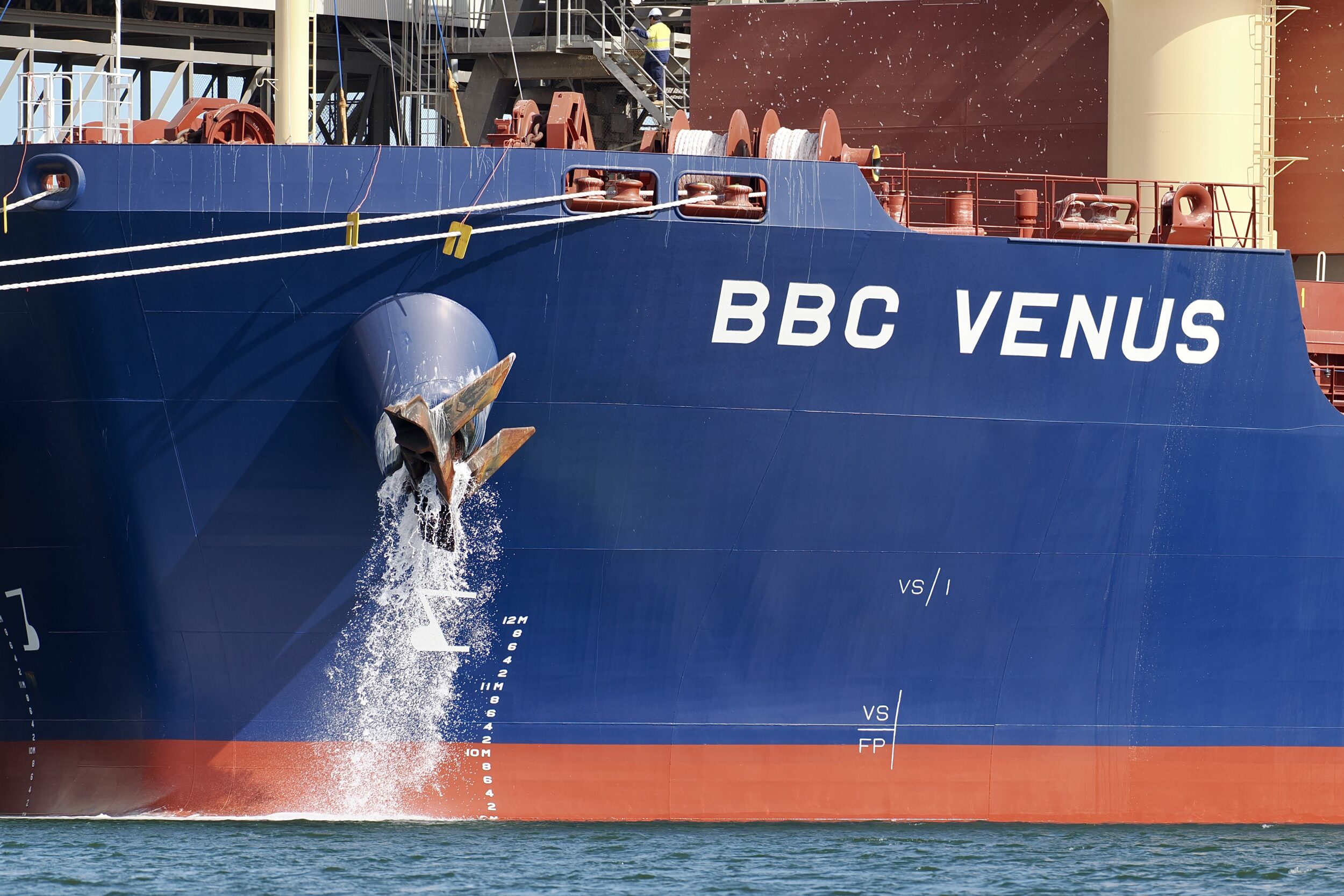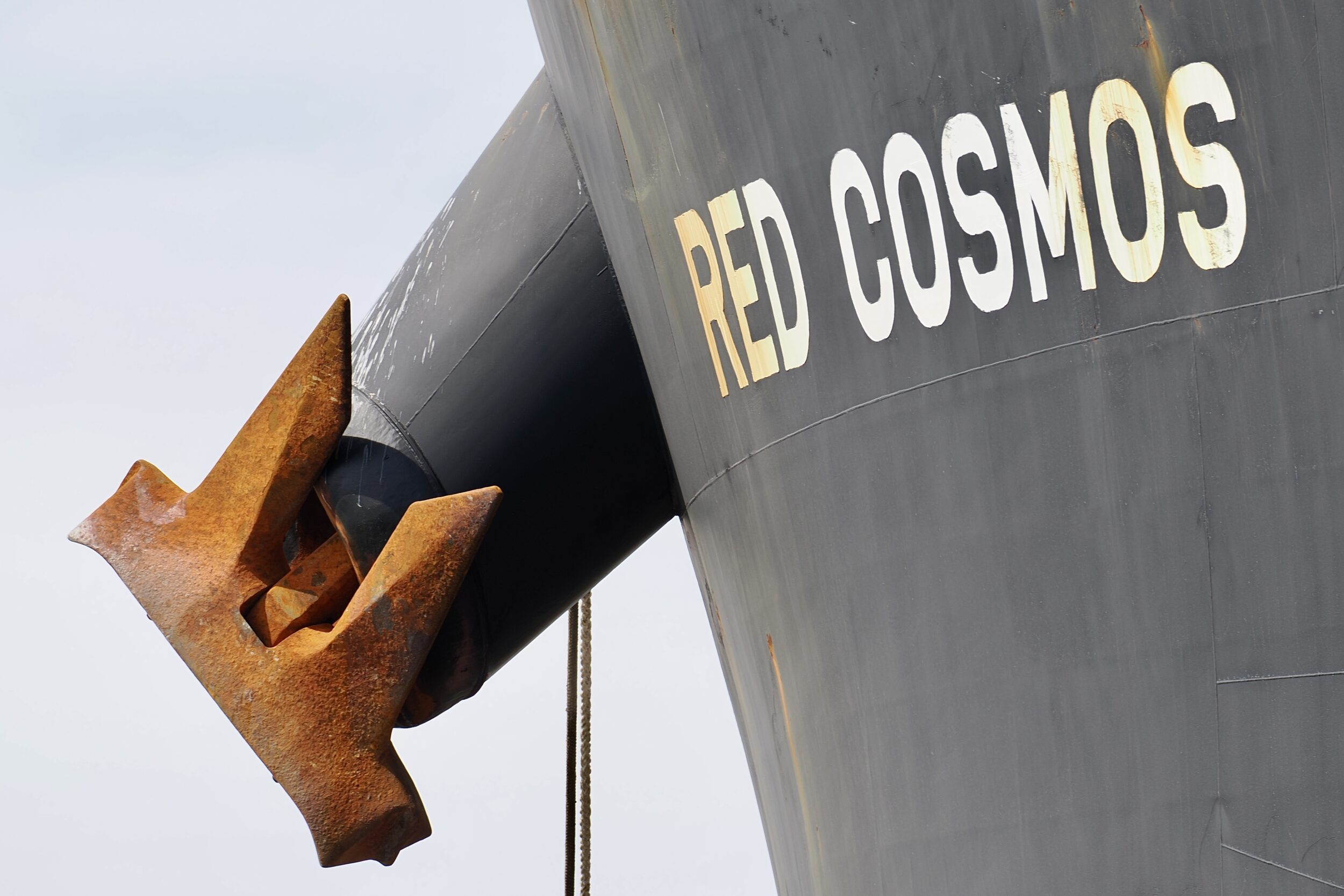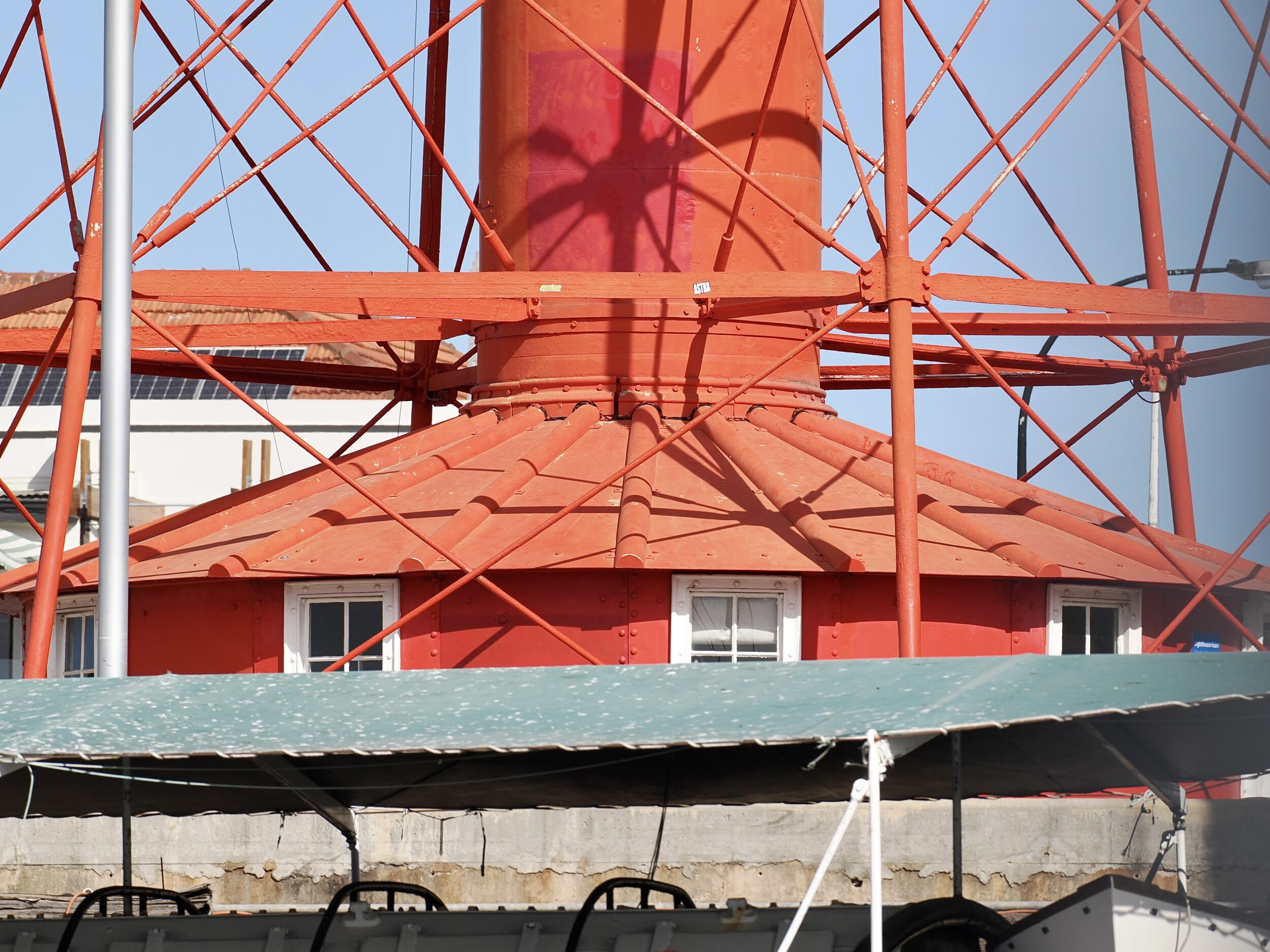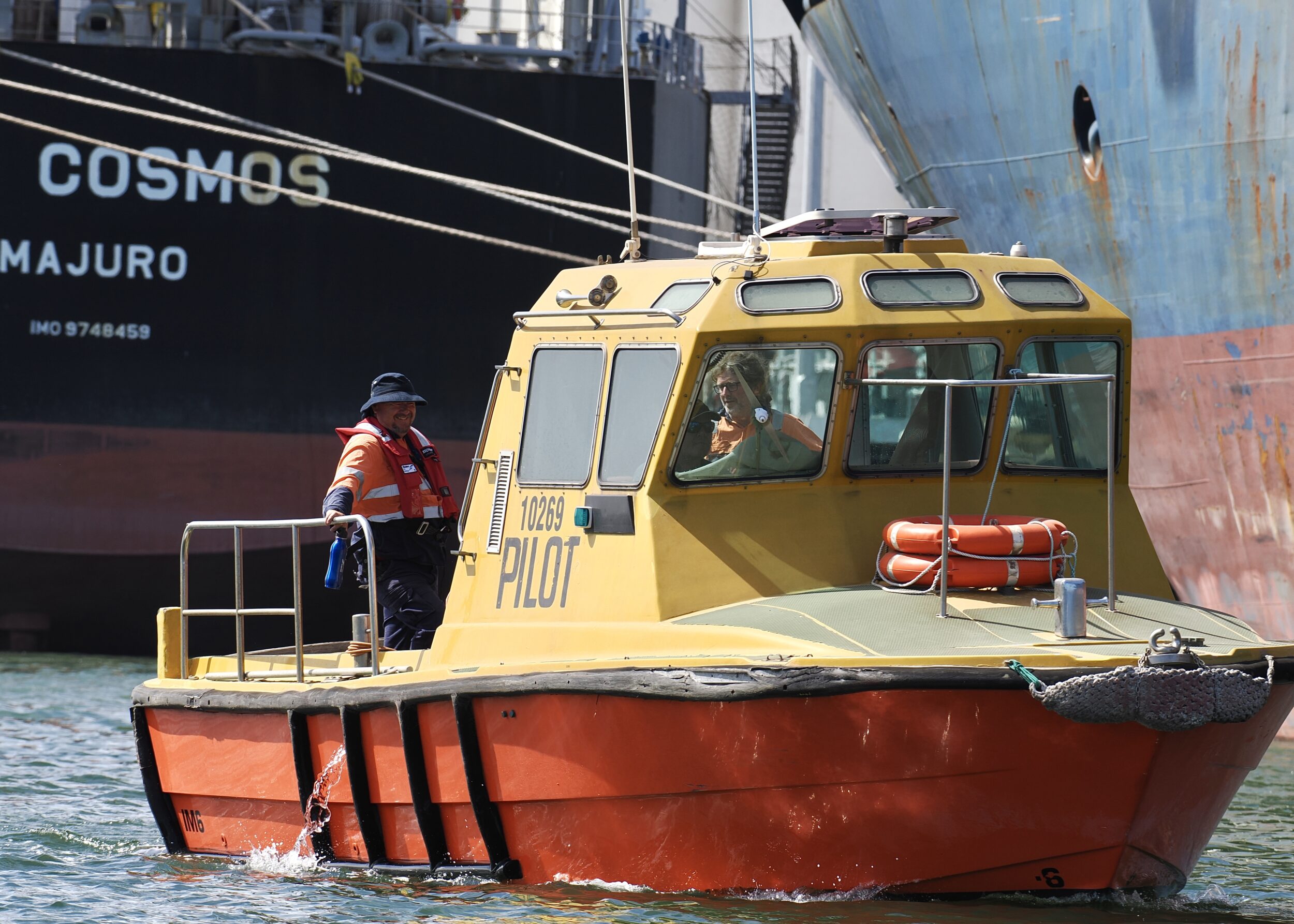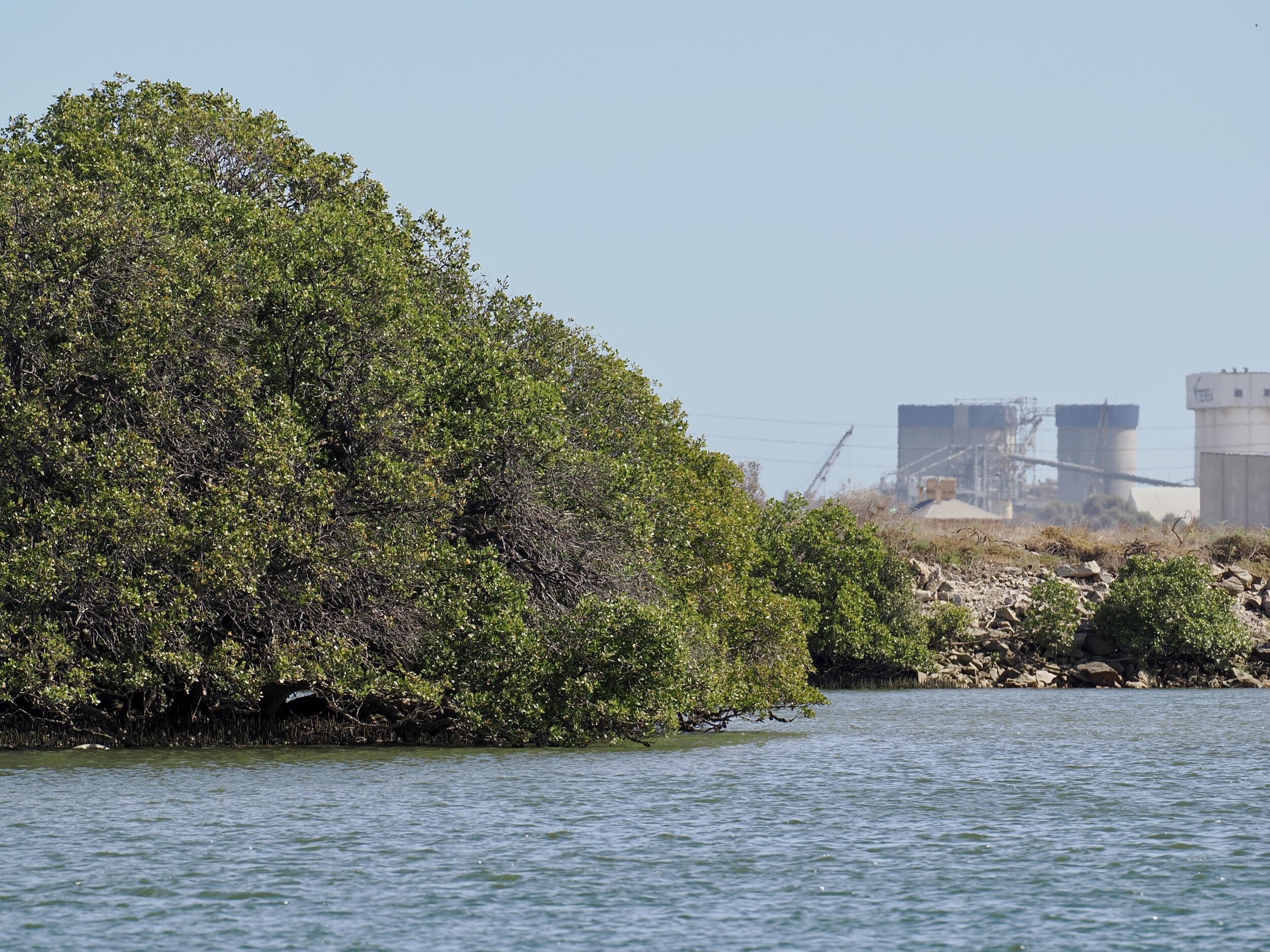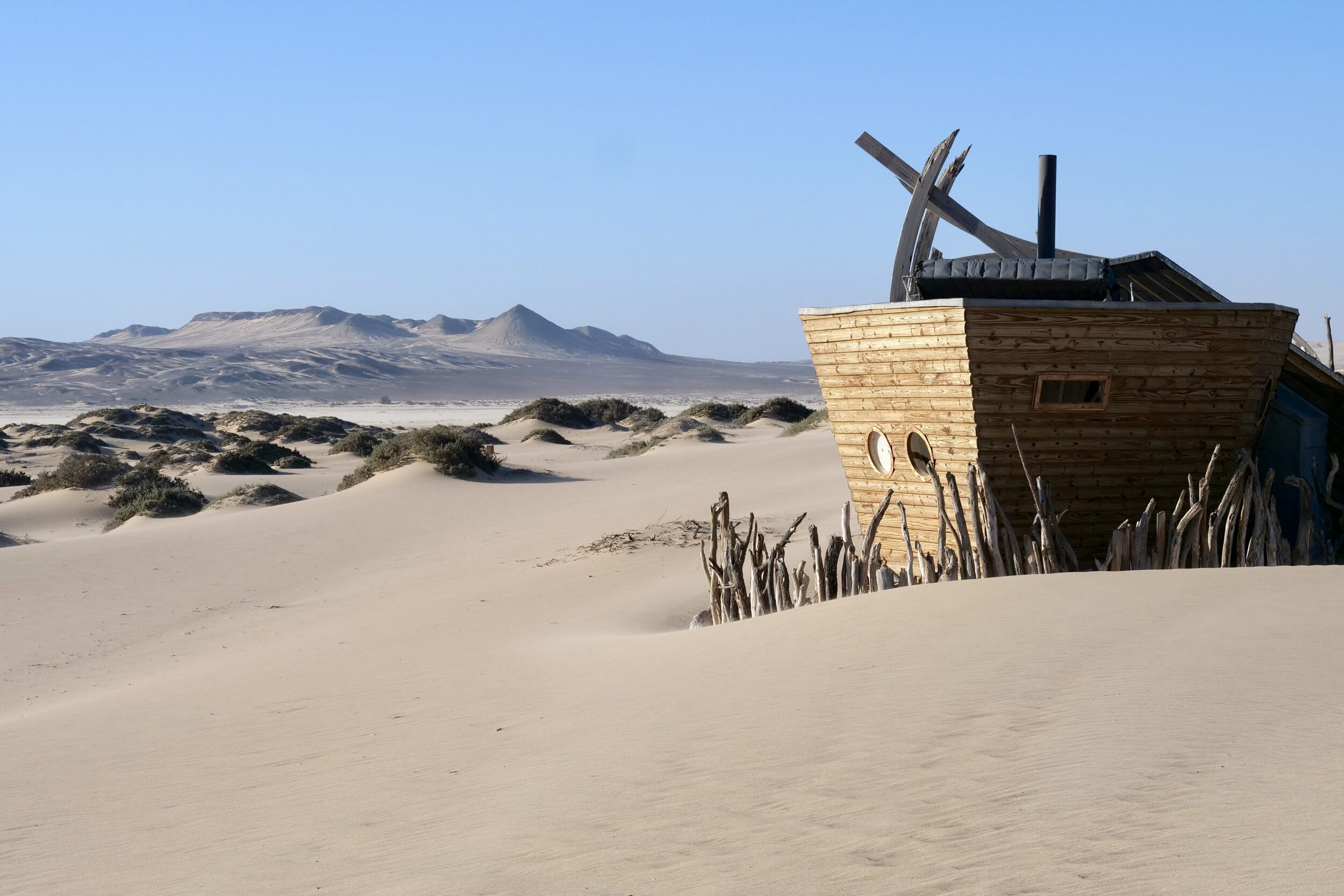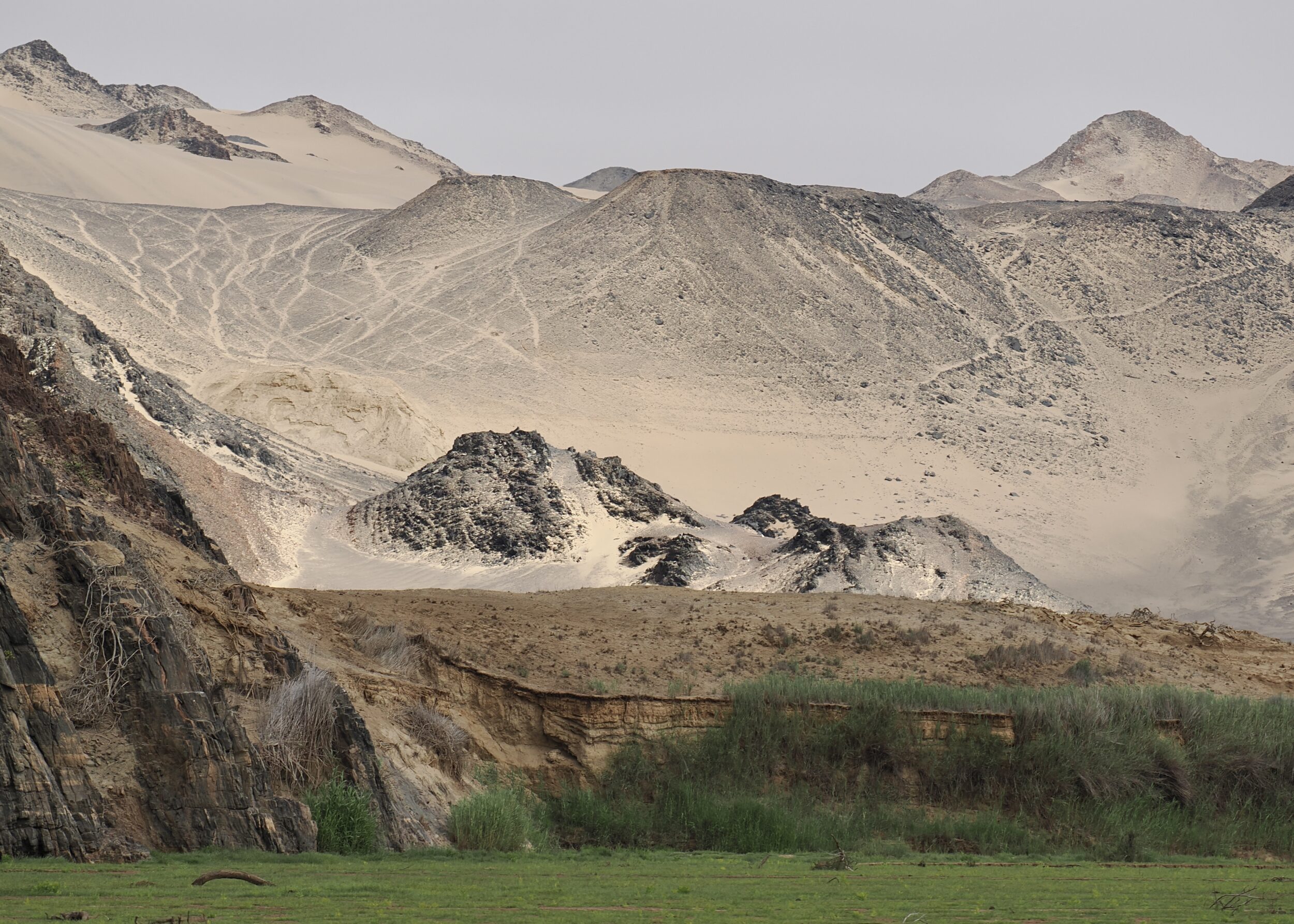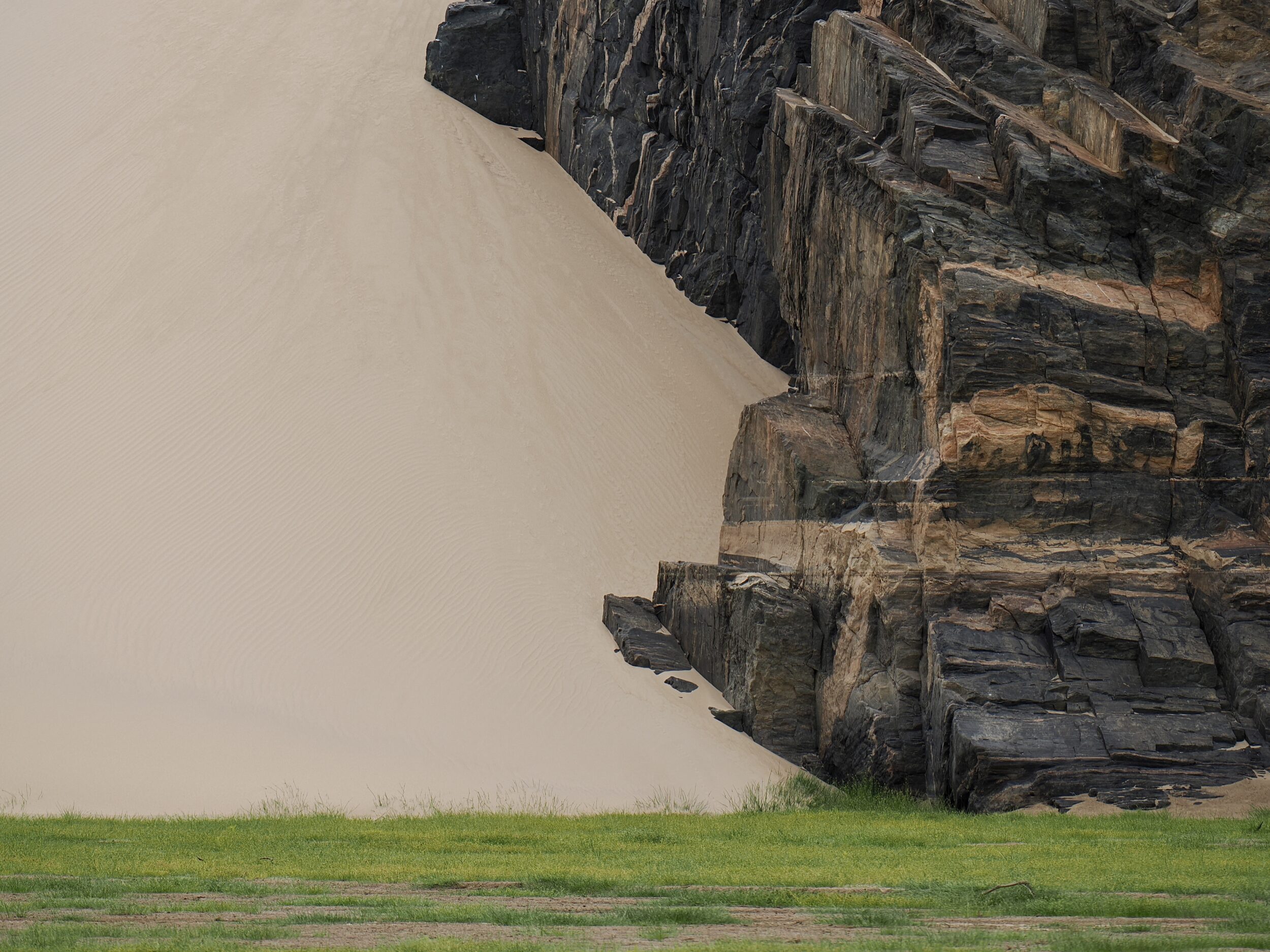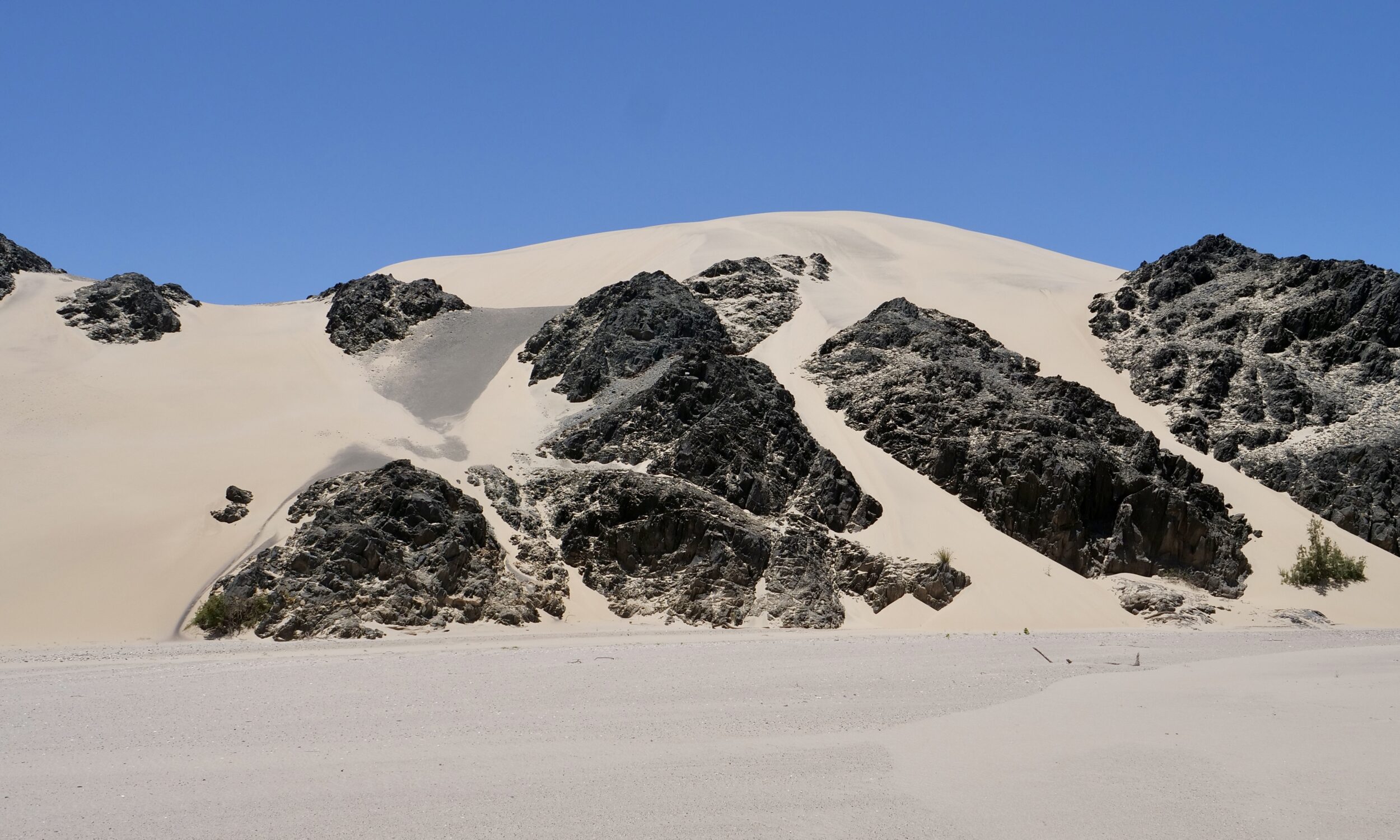The Falie is a notable, historic vessel – the last of its South Australian kind, and one of just two “survivors” among the many ketches that used to be Australia’s “coastal traders”.
It is more than a century older than the BBC Venus and Red Cosmos.
Almost certainly, neither of this series’ two previously-featured vessels has ever entered its registered, purely-notional, “false-flag” port.
However, you can believe what you read on the stern of today’s much smaller hero – Port Adelaide really was/is the Falie’s actual home port.
In 2024, however, this lovingly restored “icon” of South Australia’s maritime history has been out of service for nearly two decades, and there is no guarantee that it will ever sail again.
Comments closed